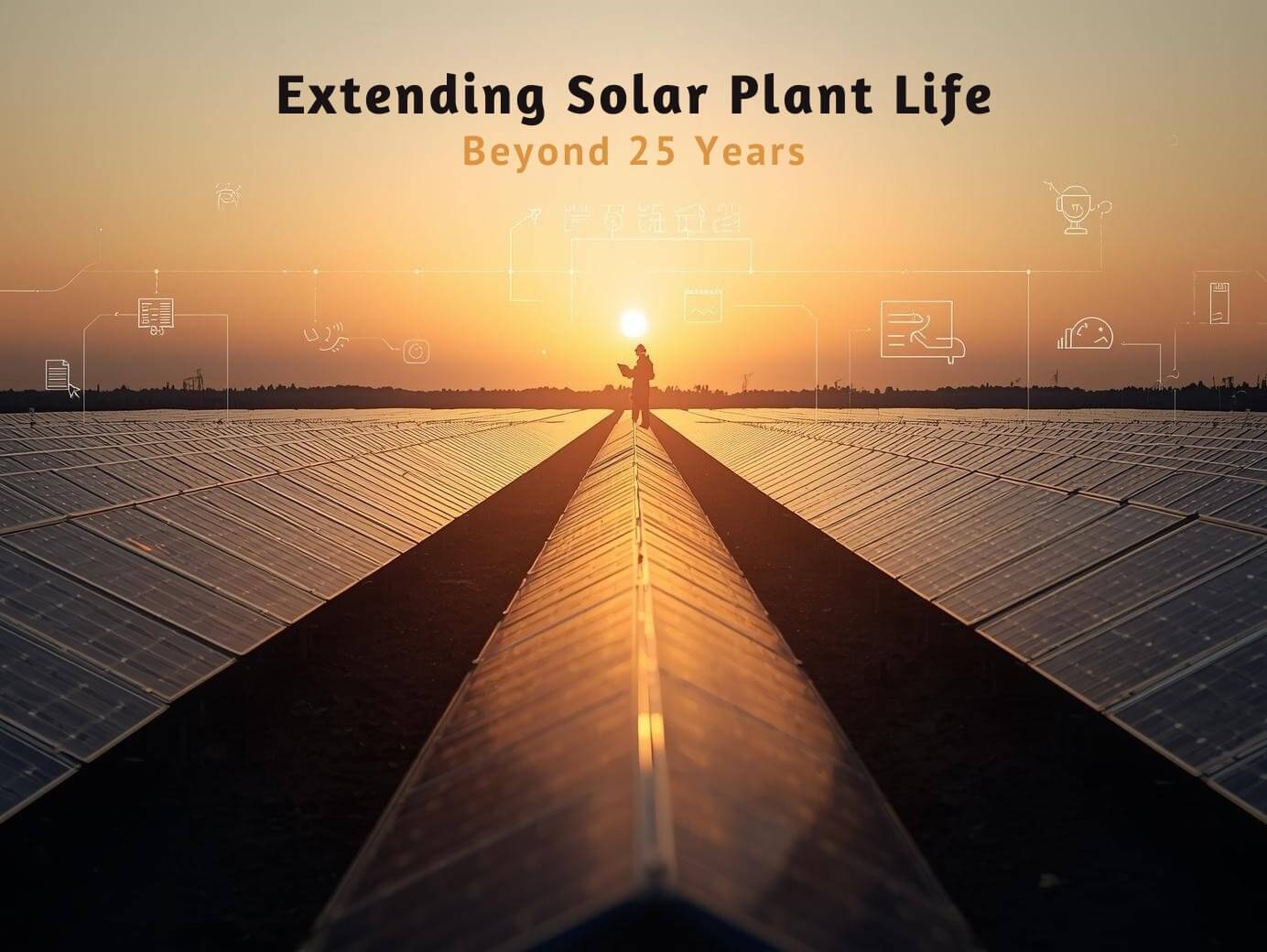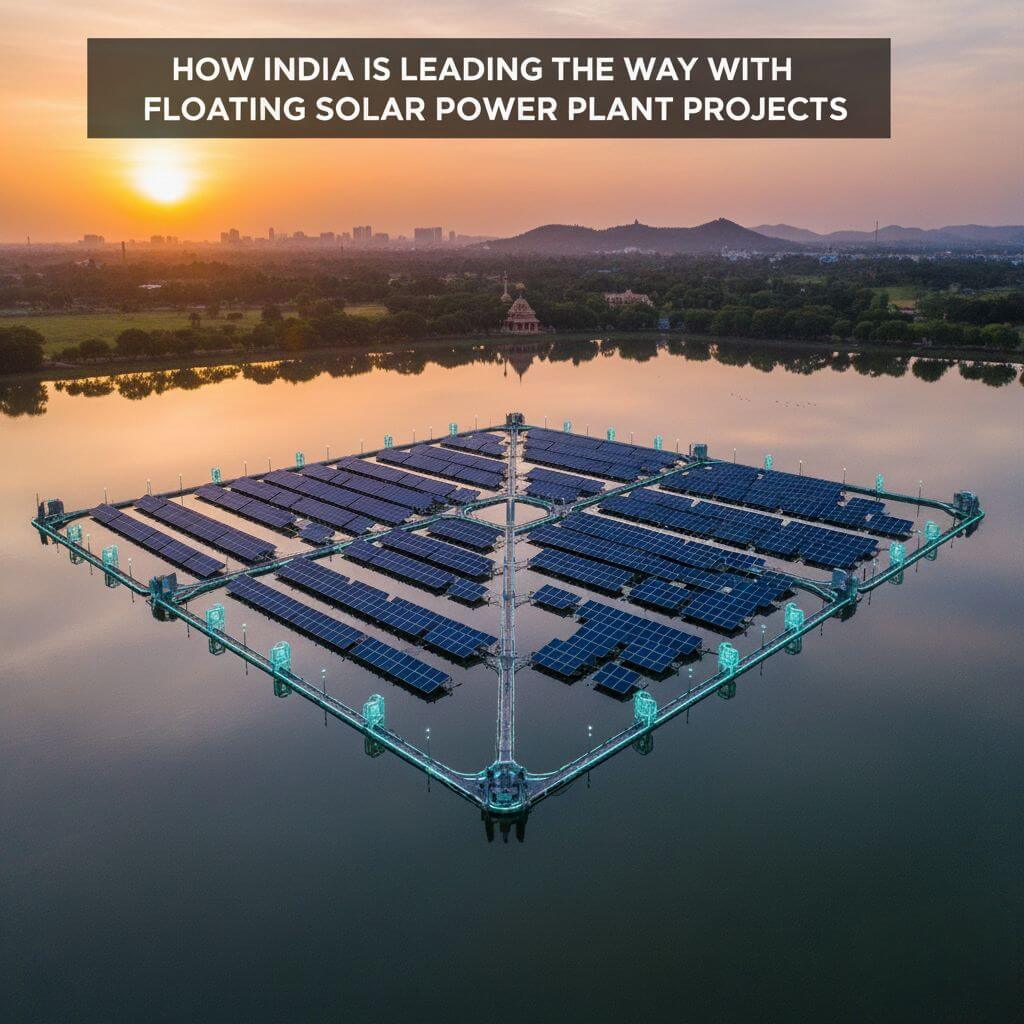How to Calculate ROI for Solar EPC Investments?
ROI for Solar EPC Investments
Investing in a solar photovoltaic (PV) project can be a wise financial decision for businesses and homeowners alike, providing long-term returns and environmental benefits. However, it’s crucial to carefully evaluate the potential return on investment (ROI) before committing to a solar energy project. In this article, we’ll guide you through the process of calculating the ROI for solar engineering, procurement, and construction (EPC) investments in India.
Understanding Solar EPC Investments
Solar EPC companies like Waaree Energies Ltd. offer complete solutions for solar power plant development, from site selection and design to procurement, construction, and commissioning. These turnkey solutions simplify the process for investors by providing a single point of contact for all aspects of the project.
When you invest in a solar EPC project, you’re essentially paying for the installation and commissioning of the solar power plant. The upfront costs include the solar panels, inverters, mounting structures, cabling, and other equipment, as well as labor and construction expenses.
Calculating the ROI for Solar EPC Investments
To calculate the ROI for a solar EPC investment, you’ll need to consider the initial investment costs, ongoing operational expenses, and the projected energy generation and savings over the system’s lifetime. Here’s a step-by-step guide:
1. Determine the Initial Investment Costs
The initial investment costs include the EPC contract value, which covers the cost of solar panels, inverters, the balance of system components, labor, and other installation expenses. Additionally, you may need to factor in costs like land acquisition (if applicable), grid interconnection fees, and any applicable taxes or incentives.
2. Estimate Annual Energy Generation
Work with the EPC company to obtain an estimate of the solar power plant’s annual energy generation, based on factors like the system size, panel efficiency, location, and weather conditions. This estimate should be provided in kilowatt-hours (kWh) or megawatt-hours (MWh).
3. Calculate Annual Energy Savings
To determine the annual energy savings, multiply the estimated annual energy generation by the current electricity tariff rate (in rupees per kWh or MWh) in your area. This will give you an estimate of the energy savings you’ll achieve each year by generating your own solar power.
4. Consider Ongoing Operational Expenses
Solar power plants require minimal maintenance, but there may be some ongoing operational expenses to account for, such as cleaning, monitoring, insurance, and any applicable fees or taxes.
5. Estimate the System’s Lifetime
Most solar panels are designed to last for 25-30 years, with a gradual decrease in efficiency over time. For your ROI calculation, you’ll need to estimate the system’s expected lifetime, considering factors like equipment quality, environmental conditions, and maintenance practices.
6. Calculate the ROI
With all the necessary data gathered, you can now calculate the ROI using the following formula:
ROI = (Total Lifetime Energy Savings – Initial Investment Costs – Total Lifetime Operational Expenses) / Initial Investment Costs
To calculate the total lifetime energy savings, multiply the annual energy savings by the estimated system lifetime (e.g., 25 years). Similarly, calculate the total lifetime operational expenses by adding up the annual operational expenses over the system’s lifetime.
It’s important to note that this ROI calculation is a simplification and may not account for factors like inflation, fluctuating electricity rates, or potential incentives and subsidies available for solar projects in India.
Example ROI Calculation
Let’s consider an example to illustrate the ROI calculation process:
– Initial Investment Costs: ₹50,00,000 (for a 500 kWp solar power plant)
– Estimated Annual Energy Generation: 7,50,000 kWh
– Current Electricity Tariff Rate: ₹8 per kWh
– Annual Energy Savings: 7,50,000 kWh x ₹8 = ₹6,00,000
– Annual Operational Expenses: ₹50,000
– Estimated System Lifetime: 25 years
– Total Lifetime Energy Savings: ₹6,00,000 x 25 = ₹1,50,00,000
– Total Lifetime Operational Expenses: ₹50,000 x 25 = ₹12,50,000
Using the ROI formula:
ROI = (Total Lifetime Energy Savings – Initial Investment Costs – Total Lifetime Operational Expenses) / Initial Investment Costs
ROI = (₹1,50,00,000 – ₹50,00,000 – ₹12,50,000) / ₹50,00,000
ROI = ₹87,50,000 / ₹50,00,000 = 1.75 or 175%
In this example, the solar EPC investment would yield an ROI of 175% over the 25-year system lifetime, which is a significant return on investment.
Waaree RTL is a leading solar EPC company within the Waaree Group, known for its exceptional engineering capabilities and turnkey solutions for solar power plant development. With a strong commitment to quality and sustainability, Waaree RTL offers comprehensive services, from site selection and design to procurement, construction, and commissioning. Their experienced team of engineers and project managers ensures seamless execution and timely delivery of solar projects, maximizing returns for investors. For your solar EPC needs, choose Waaree RTL and experience the benefits of reliable, cost-effective, and environmentally friendly solar energy solutions.
In conclusion, calculating the ROI for solar EPC investments is a crucial step in evaluating the financial viability of a solar project. By considering factors like initial costs, energy generation, savings, and operational expenses, you can make an informed decision and estimate the potential returns over the system’s lifetime. With the right EPC partner and a thorough understanding of the ROI, you can embark on a sustainable energy journey that yields both financial and environmental benefits.





